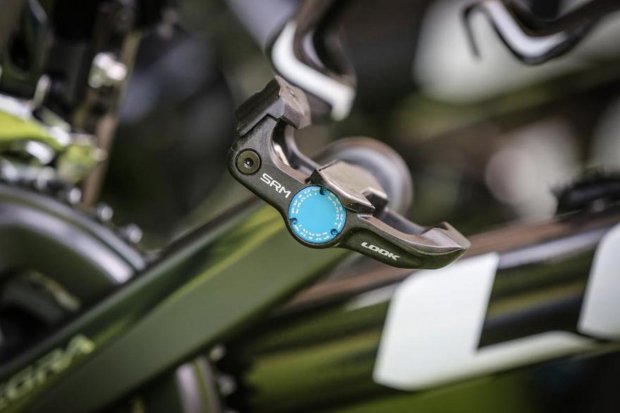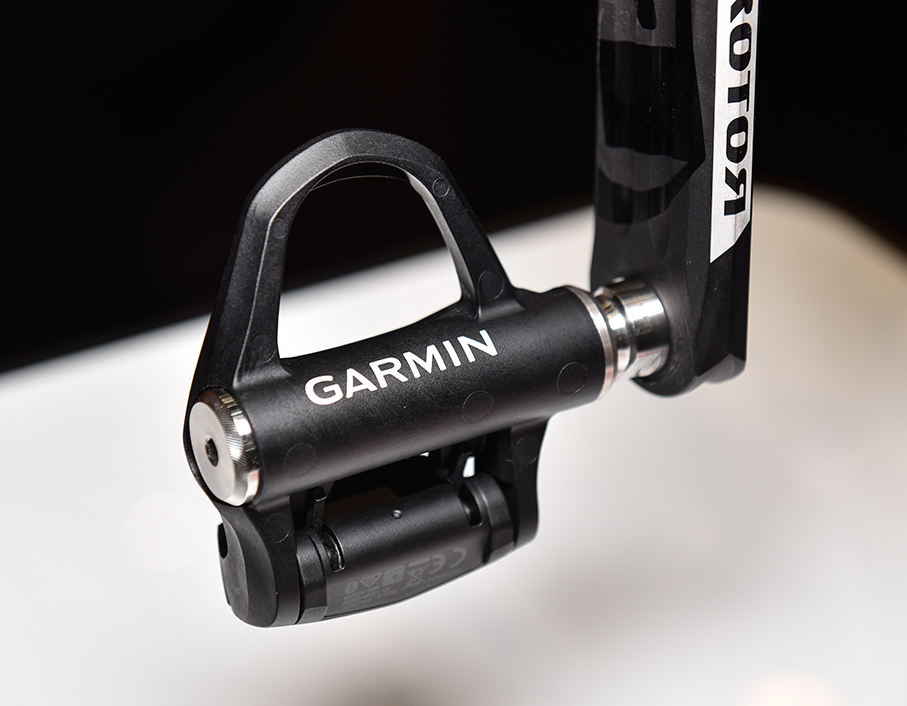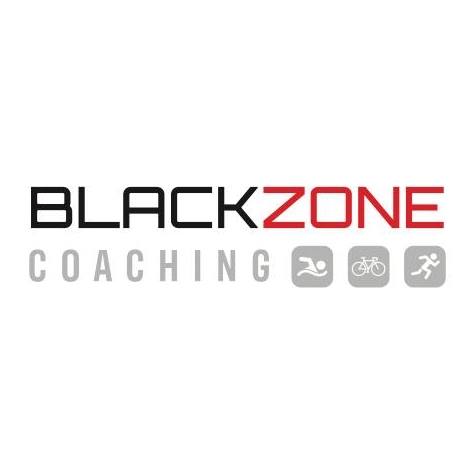Take your training to the next level with a power meter
Most of you are likely to be at least somewhat familiar with cycling power meters, either first hand or through training groups and magazine articles. These devices show your cycling power output in real time and are mostly either attached to the crankset or inside a set of pedals. Not too long ago once they were the reserve of professionals and the most dedicated amateurs and while power meters are becoming increasingly affordable they can still be costly. In this article we’ll be giving you our top tips for getting the most out of your investment.
It’s important to note that training with power will never be the only element of a successful training programme. At Blackzone Coaching we use power meter data to form the foundation of our training plans and complement this with heart rate data, perceived exertion and regular one to one consultations to ensure training is matched and tweaked perfectly to your specific needs.
Some of the following may seem technical and a bit heavy on the maths but don’t be put off! It’s all relatively straightforward and you can even utilise training software like TrainingPeaks and TrainerRoad that can make it even more intuitive.
Where do I start?
So you’ve bought and fitted your new power meter, where do you go from here? The first step is to build an understanding of your current ability level, in cycling this is known as your Functional Threshold Power or FTP. This is the amount of power in Watts that you are theoretically able to sustain over the course of one hour. You can determine your FTP by maintaining your highest power possible for 20 minutes, 95% of your average power will be your 60 minute FTP.

Using your FTP
Not only does an FTP test serve as an easily repeatable marker against which you can measure the effectiveness of your training, it also allows you to establish your power ‘zones’. These are essential in building and carrying out an effective training plan.
When riding we all have a rough understanding of how long we are able to sustain certain efforts, using power zones will enable you to quantify these feelings with hard data.
At Blackzone we use TrainingPeaks to determine athletes’ power zones but each method follows similar principles, each splitting the power you are able to put out into a range of zones calculated as a percentage of your FTP. You can then use these to inform your training and race day performance. The 7 zones are as follows:
● Z1 (active recovery) up to 55% of FTP
● Z2 (aerobic endurance) 56-75% of FTP
● Z3 (tempo) 76-90% of FTP
● Z4 (lactate threshold) 91-105% of FTP
● Z5 (VO2 max) 106-120% of FTP
● Z6 (anaerobic capacity) 121-150% of FTP
● Z7 (sprint power) more than 150% of FTP
Applying this to your training
Triathlon is all about putting out steady power throughout your race so a large portion of your training will be dedicated to zones three and four. This conditions your body to riding at a high percentage of your FTP. You will also want to include some VO2 max and anaerobic intervals to raise your aerobic ceiling allowing you to steadily increase your FTP. Getting the balance right between these training sessions is key and is an area where a coach can help take away all of the guesswork and leave you to focus on the hard work of actual training.
It’s important however that you don’t just focus on raw FTP or percentages of FTP. There are a number of other data points that will help you when riding or analysing your rides. The first of these is Normalised Power or NP. We won’t go into the mechanics of how this is calculated but NP is an estimate of the power you could’ve maintained for the same physiological “cost” if your power output had your ride been perfectly constant rather than variable. You will find that NP is a better indicator than average power when it comes to determining how challenging your workout was, as it recognises that no ride is perfectly steady.

Another key number for triathletes is the Variability Index or VI. This measures how smooth or ‘variable’ your power output was during your ride and is calculated by dividing your Normalised Power by your Average Power. For a steady state effort like a triathlon you should expect to have a VI of 1.05 or less but keep in mind that if you’re riding a hilly route this may change. Like most things in cycling you can train yourself to improve your VI number, avoid charging up hills and try to hold your desired watts when going downhill and you should start to notice your VI number decrease.
The last metric to be aware of is Training Stress Score or TSS. TSS is a numerical representation of the effective training load of your workout and will help you keep track of how much stress you have been putting your body under. Riding at your FTP for an hour would equal a TSS of 100. This means it’s important to regularly test your FTP so you can make sure your TSS score is accurate and you’re not over or under training.
Racing with power
A power meter is arguably most valuable when it comes to race day. Most triathletes will agree that one of the most difficult aspects of triathlon can be pacing. Go out too hard and you will be struggling towards the end of your bike leg and risk cooking your legs for the run, go out too easy and you can be left rueing what might have been.

Each athlete is different and you should analyse your data and change your pace accordingly but the following is a good starting point:
- For Sprint distance, aim for about 95–100 percent of FTP (Zone 4).
- For Olympic distance it will fall in the range of 85–95 percent (Zone 3/4).
- 70.3 is 75–85 percent (Zone 3).
- IRONMAN is typically 65–75 percent (Zone 2).
Understanding the demands of the event you are entering is crucial, it’s important to remember every athlete and race course is different. This is where the expertise of a coach can prove invaluable by analysing your training data and helping to tailor your race efforts accordingly.
The pitfalls of power
Training and racing with power takes some trial and error and it’s important to remember that power isn’t everything. There are so many factors that influence our performance on the bike that it’s crucial you don’t become glued to power numbers, learn how to utilise your heart rate and perceived exertion to inform the choices you make in training and racing.
Remember that FTP can go down as well as up! Be prepared to adjust your numbers accordingly else you won’t be getting the best out of your training
If you’re interested in finding more about how to perfect training with a power meter with the guidance of Blackzone Coaching, visit our website today to book a free 15 minute consultation.
About Kevin Henderson

Kevin is head coach at leading triathlon and cycling coaching company Blackzone Coaching, based in Glasgow working with athletes internationally. With an extensive background in road cycling Kevin himself has frequently climbed podium steps in triathlon and cycling, as well as having represented Scotland internationally as a cyclist. His passion for triathlon resulted in him double medaling at the Scottish Sprint and Standard Championships (2011) although his real enjoyment comes from endurance triathlons and he has to date competed in six IRONMAN distance events: Roth, Barcelona (3), Austria & Mallorca.
On top of his 20 years’ experience in the fitness industry he is also a fully qualified Triathlon Coach, certified by the acclaimed International Triathlon Coaching Association (ITCA), as well as an IRONMAN Certified Coach.





